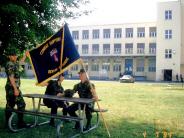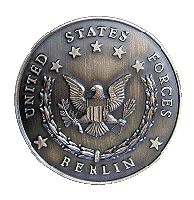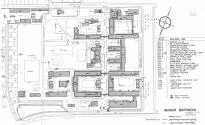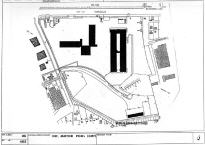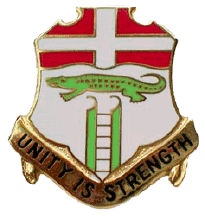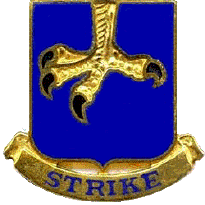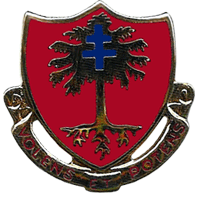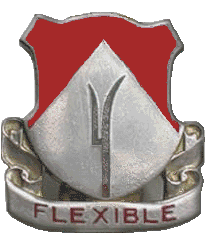BERLIN BRIGADE - McNAIR BARRACKS
BERLIN BRIGADE
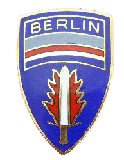
After the end of World War II the Allied forces occupied West Berlin. This occupation lasted throughout the Cold War. The Berlin-Brigade was a term used to describe the brigade-sized garrison forces based there by the British and American armies; the French army also maintained a garrison, but did not use the name. The U.S. Berlinbrigade was an United States Army unit; its shoulder sleeve insignia was the U.S. Army Europe patch with Berlin tab. During the Berlin Wall Crisis of 1961, the army reorganized |
the command structure of the forces in Berlin and created the U.S. Army Berlin and created the Berlin-Brigade from the units already in the city. |
The brigade consisted of:
|
MCNAIR BARRACKS

McNair-Barracks occupies the site of the former AEG Telefunken electronics factory, a Nazi-era complex. During the war, research took place on some of the "miracle" weapons that Hitler hoped would turn the tide of the war. One of |
the most important products to be developed and produced in the factory was a radar-guided flak control system which could ascertain range and select individual targets. |
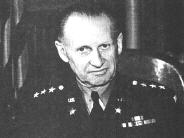
The Barracks were named after Lieutenant General Leslie J. McNair. After America´s entry into World War II, McNair was put in charge of |
mobilizing and training U.S. Army ground forces. He was killed while observing front line operations in France in July 1944. |
For many years McNair-Barracks has been home to the combat battalions of the Berlin-Brigade, the 5th and 6th Battalions of the 502nd Infantry, the 6th Battalion of the 40th Armor and others. The 168th and 298th share the |
distinction of being the longest serving units in Berlin. They both arrived to the city in a 37-vehicle convoy on July 3, 1945. The commanders of both units were old high school classmates. |
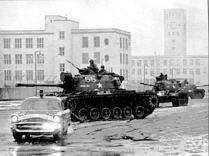 |
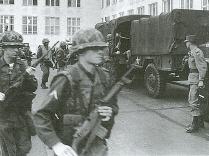 |
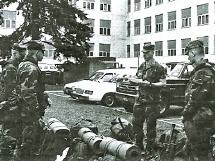 |
TODAY: 23 - TOTAL: 749.

